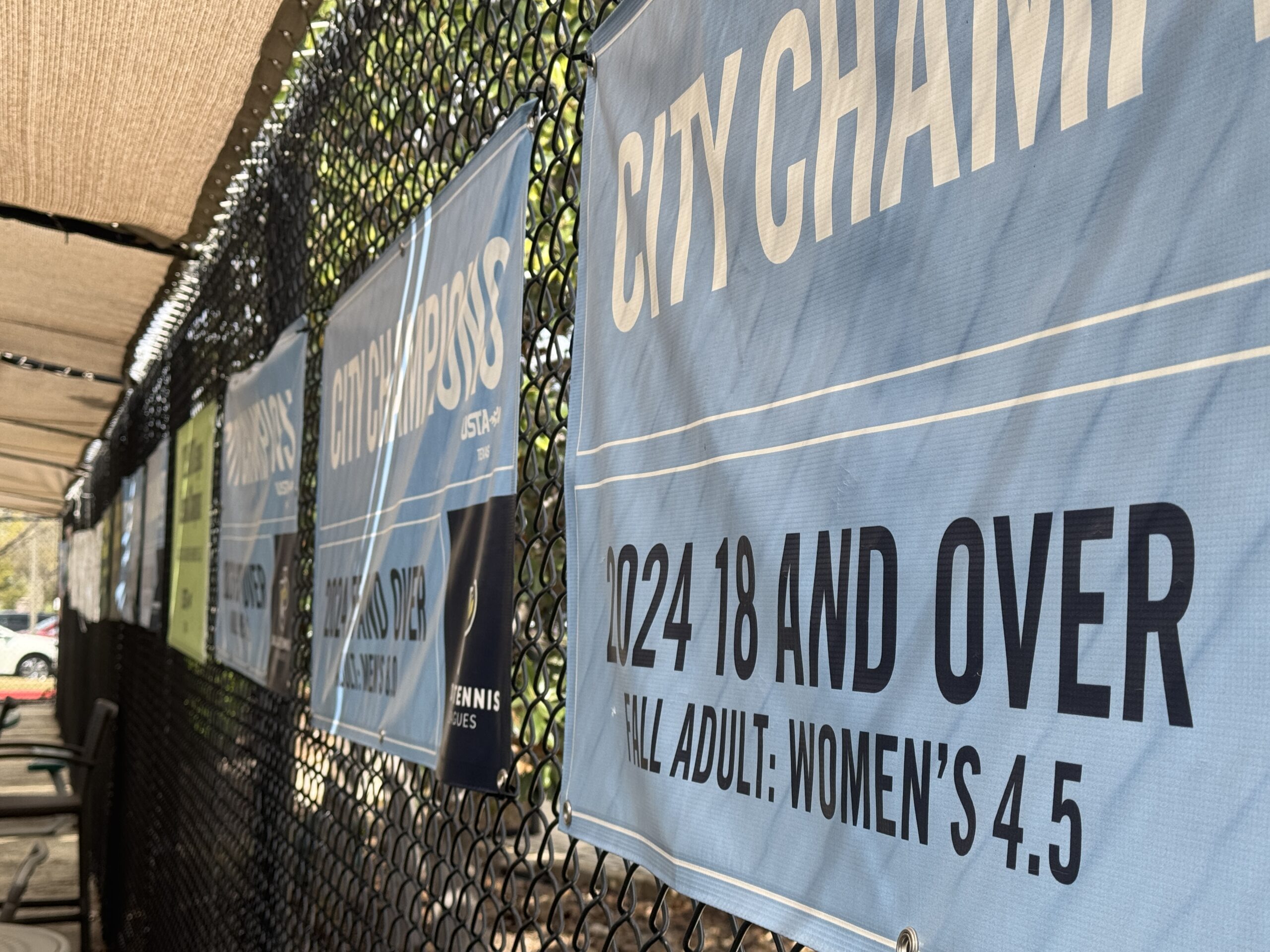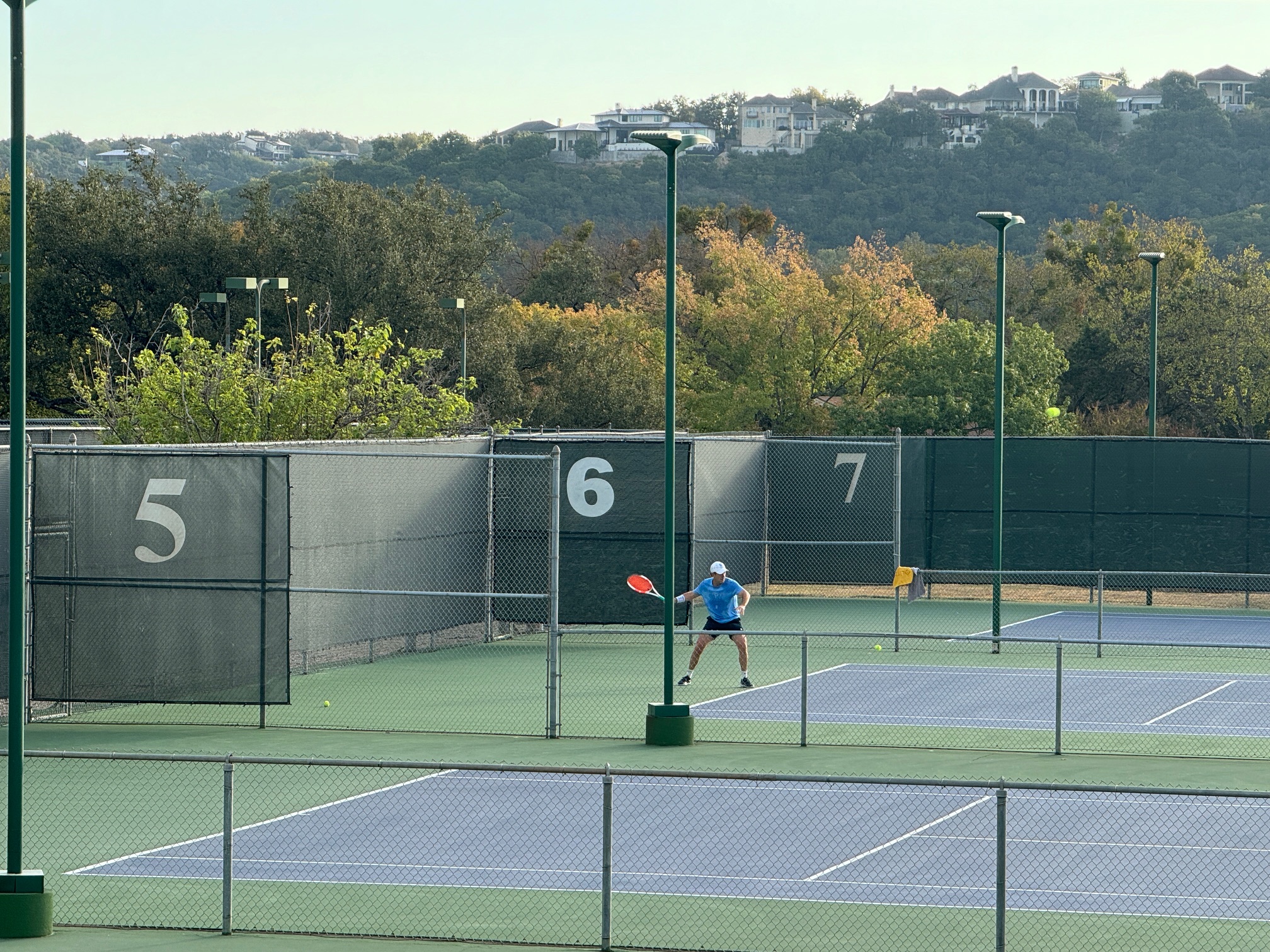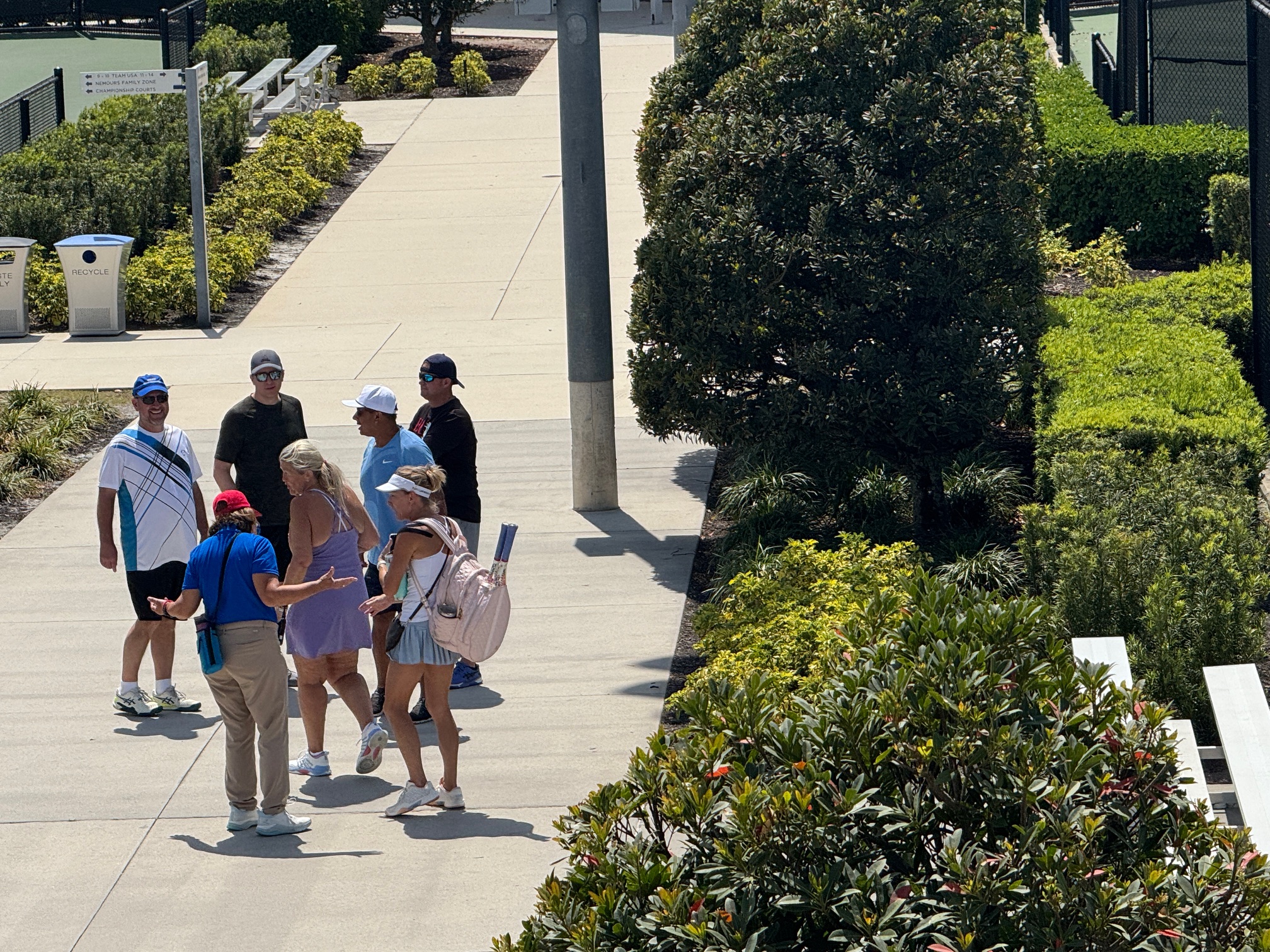The 2026 USTA League Regulations have officially been released. The updates include a few non-trivial changes for the upcoming year. We will spend the next few Wednesdays breaking down the new rules and implications for players. However, before we delve into that, I have a couple of tangential observations.
First, I have always found the massive time difference in the release dates between USTA League Regulations and the USTA Friend at Court, which governs tournaments, to be very curious. USTA League rules are reliably published every April for the following calendar year, while the Friend at Court tends to drop a couple of months into the year it actually governs. While I’ve never expected the timing of the USTA rulebooks to be perfectly aligned, it has always seemed odd that the publication dates aren’t at least somewhat close to each other. Nevertheless, the rule I am writing about today may be the perfect illustration of why the USTA League Regulations come out in April.
Additionally, I first heard about this update from a player in another CTA (~District) in my home Section of Texas. Her league coordinator found out about the update at the USTA Texas League Coordinators meeting. That league coordinator communicated the change to the team Captains in her area, who passed the information down to their players. While that has the potential to devolve into a bad game of telephone tag, to me, that is the way rules and regulations should flow down. In contrast, I am considered a local player in two CTAs in Texas, but did not enjoy the benefit of official notification from either.
Consequently, every USTA League player should periodically review their relevant National, Sectional, and District/Local Regulations for themselves. That is also why it is critically important to document rule and regulation changes in the official documents. Players should not have to rely on someone verbally telling them about a new rule or interpretation that isn’t clearly documented.
In any case, while props go out to the USTA League Coordinator in San Antonio for exemplifying great local league coordination, USTA League players can look up this updated rule for themselves. Here is the 2026 version of USTA League Regulation 2.07.
CHAMPIONSHIP PLAYERS.
2026 USTA League National Regulations, Regulation 2.07
A championship player’s computer rating generated as a result of play in the Adult 18 & Over and Adult 40 & Over Sectional or National Championships may not be appealed down after the Championship Year it is received except as in Reg. 2.05D Medical Appeals and Reg. 2.05E Age Related Appeals of Players 60 or Over.
It is important to note that this is not a new Regulation, but rather an expansion of an existing rule already in effect for the National Championships. What is new is that this stipulation now also applies at the Sectional level. There was also a minor wording update, replacing the 2025 word “achieved” with “generated.”
In a nutshell, a player whose performance at 18+ or 40+ Sectionals or Nationals that is high enough to induce an NTRP promotion is not eligible to appeal that rating down. Previously, that stipulation only applied to National Championship play.
Based on my reading of the USTA League National Regulations, this rule is applicable to ratings that will come out for the 2026 season. That means that as Sectional Championships get underway this month, players with elevated performance at those events may also be earning an unappealable NTRP ratings promotion. Congratulations!
Next week, I will continue to write about this rule by speculating about what problem the USTA League National Committee may have been attempting to solve with this update. I will also overthink how it might incentivize player behaviour. In the meantime, players concerned about such things should be aware that strong performance at Sectionals could potentially trigger a non-appealable promotion.
- 2025 USTA League National Regulations, USTA Resource Document, April 23, 2024.
- 2026 USTA League National Regulations, USTA Resource Document, April 1, 2025.




I suspect that this is one way the USTA is trying to overcome the situation partly caused when they did not move anyone up or down that one year during COVID. That caused such a glut of players who should have been moved up then but weren’t and they are now managing their rating to stay at the level where they can win easily.